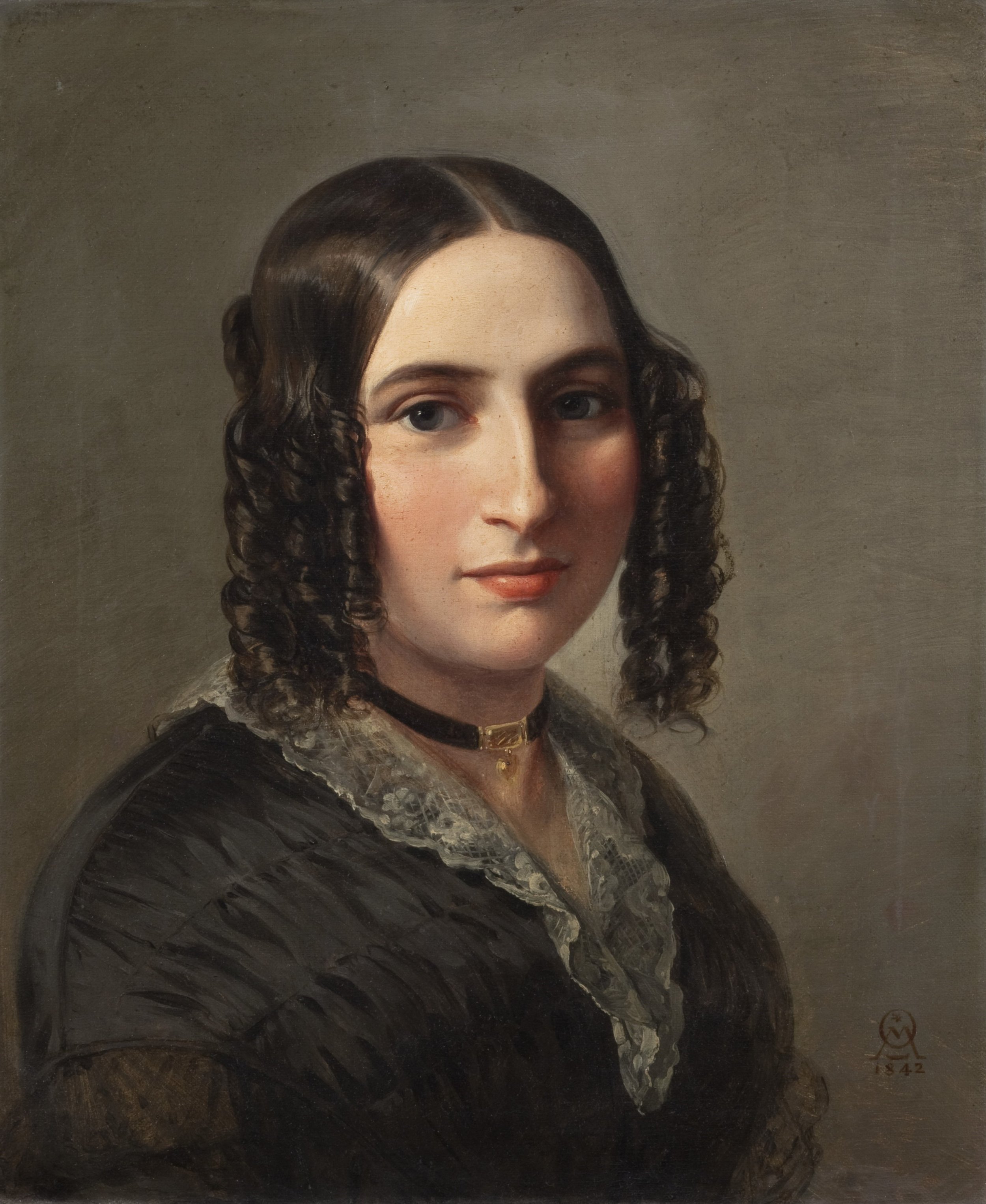How Do We Teach About Female Composers?
Amy Marcy Cheney Beach, photographic print, George Grantham Bain Collection
There is no question that women can be incredible musicians – brilliant composers, performers, conductors, theorists, and writers. In the last forty or so years, there has been an enormous surge of interest in shedding light on the lost music of female composers. A small number are in the process of being added to the list of greats: Fanny Hensel, Clara Schumann, and Amy Beach to name some of the most famous. Their music is heard in concert, performed in opera houses, and discussed in articles far more than it used to be – though of course, still not to the same degree as their male counterparts. And why not?
Understanding historical context is an important part of tackling this question; it explains why so many compositions by women are in smaller-scale forms and intended for chamber ensembles in domestic spaces. Or why so much music, for example by Nannerl Mozart, Alma Mahler, Fanny Hensel, and Yvonne Loriod, has gone unpublished. Filling in these gaps in the Western canon with the lives and music of women who worked equally hard at their craft means that we can paint a more complete picture of history, and make sure their hard work and talent no longer go unnoticed. The role of musical women has been erased from history and uncovering it will reshape our idea of the past and inform how we go about dealing with the present and the future.
But as we begin to fill in these gaps, we are faced with an important question: what exactly is the best way to go about doing this? If our goal is to better integrate female achievement into a canon of great composers and great works, meaning their works are regularly programmed and taught, how do we effectively and fairly do this?
It is important to both understand the struggles that female composers faced, and to promote their music as more than a product of these struggles and difficult circumstances. To do this, we first need to change how we understand what makes up the “canon.” The idea of the Western canon is an elusive and complicated thing, but essentially is the selection of works and composers that make up the “bread and butter” of Western classical music, and what we consider “great” – you may think of Bach, Mozart, Beethoven, Brahms, Schubert, and so on. Most, if not all, of these composers worked both in smaller and more intimate genres for smaller numbers of performers (chamber music, piano music, song/lieder, etc.) alongside bigger works, for larger collaborations of musicians (symphonies, operas, etc.).
Moritz Daniel Oppenheim, Fanny Hensel, 1842
For many women, stuck in the domestic sphere of the home, composing the larger forms that we associate with the canon (the pinnacle of which is often considered Beethoven’s 9th symphony) were impossible: they could not learn about orchestral writing, did not have the time to compose longer pieces, and were rarely permitted to premiere these works even if they did write them, because concert halls did not want to take on the risk of a female composer. As a result, most female composers, particularly in the 19th century, wrote chamber works, to be performed in smaller spaces like the home or salon. Unless we are more willing to expand what we might consider a “great” Western masterwork to include the sorts of genres and spaces that women were writing for – like piano miniatures and works intended for home and amateur performance – we can never truly both historically represent and respect female composers.
I think that something we need to do to make women a bigger part of the canon is to stop focussing on the fact that these composers were women. This may seem ironic, but by focusing on their gender, we reduce their music and their rich and full lives to only one aspect – being a woman. This risks sidelining the other important things that these artists were. We should not be teaching about female composers for the sake of diversity, without considering the people that they were outside of this. We need to view them as humans and artists before looking at them as women composers.
Additionally, I believe that integrating women into the Western canon will mean we have to study their lives and work without always considering how they struggled. Historical context is absolutely important to understanding the specific difficulties female composers faced, but it should not be the only reason to study and care about their music. Women and their music are more than their struggle! We must treat their music to the same levels of analysis and academic study that we do men’s music. And we owe it to women to talk about their achievements and ways that they overcame boundaries without focussing on the boundaries themselves. For example, the rise of amateur female pianists in the nineteenth century brought with it many opportunities for talented composers to thrive. Cecile Chaminade, for example, made a substantial income composing pedagogical piano works for amateur pianists, thriving in this area and even receiving a French Legion of Honour.
The way to truly and meaningfully champion female composers goes beyond just performing more of their music. We must consider and learn the historical context in which they composed, and then move beyond this to appreciate their work for what it is: wonderful, engaging, and powerful music, regardless of who composed it. It is so important to consider the way that we teach about their art. The way we study and teach history says just as much about the present as it does about the past, and better integrating women into the canon must mean viewing all compositions with equal respect, commitment, and historical understanding.
Nannerl Mozart, 1785, unidentified painter


